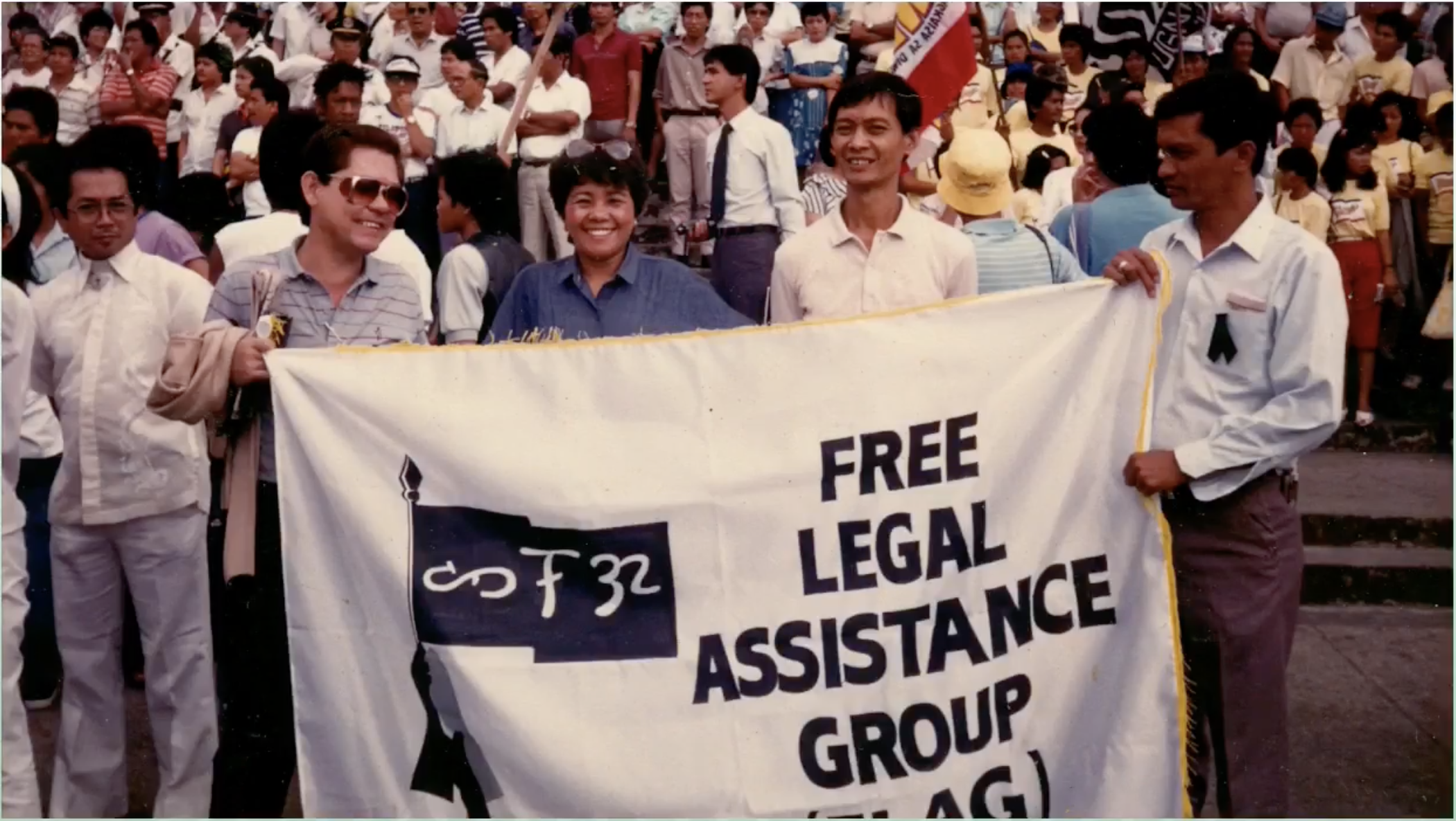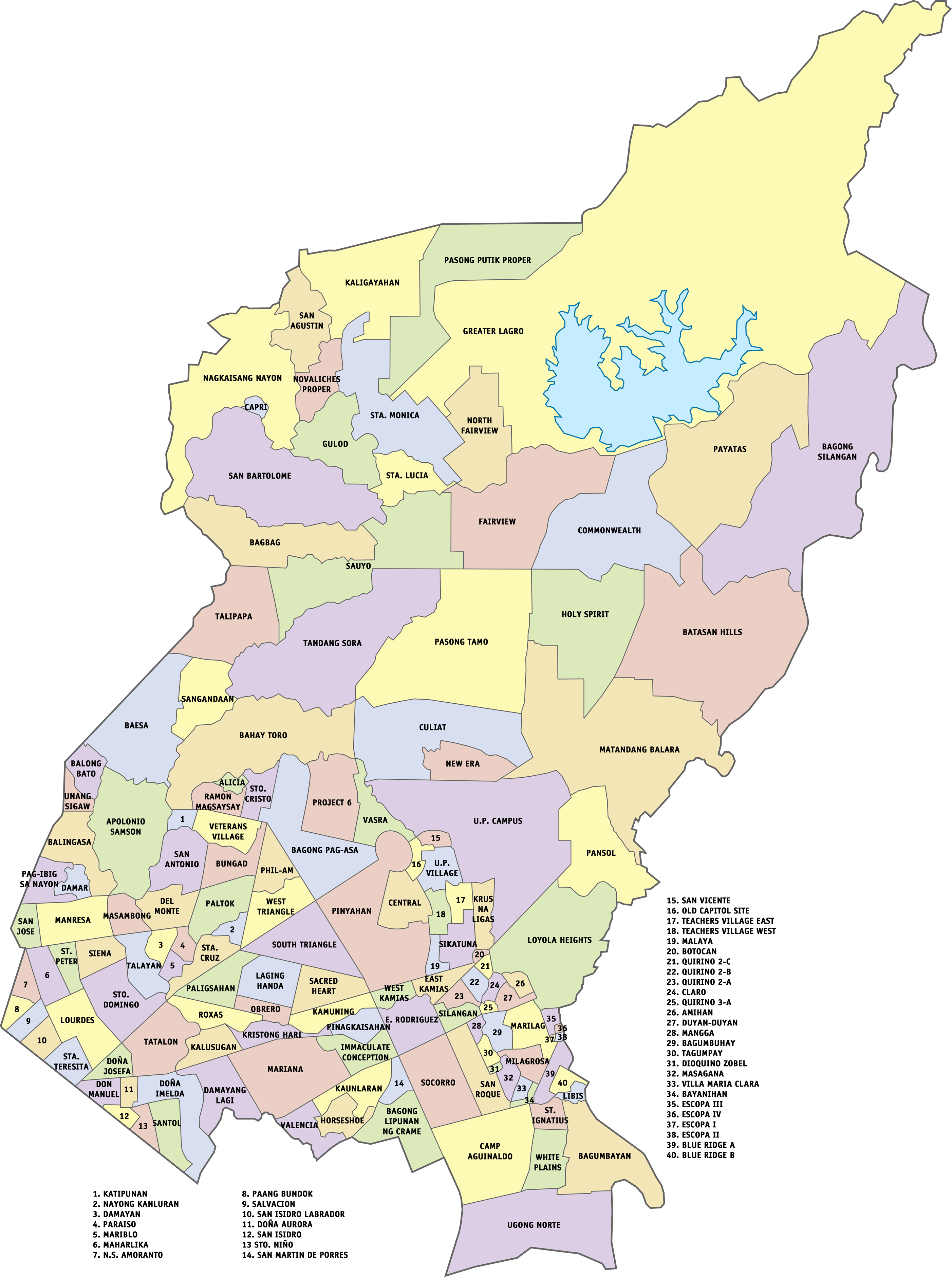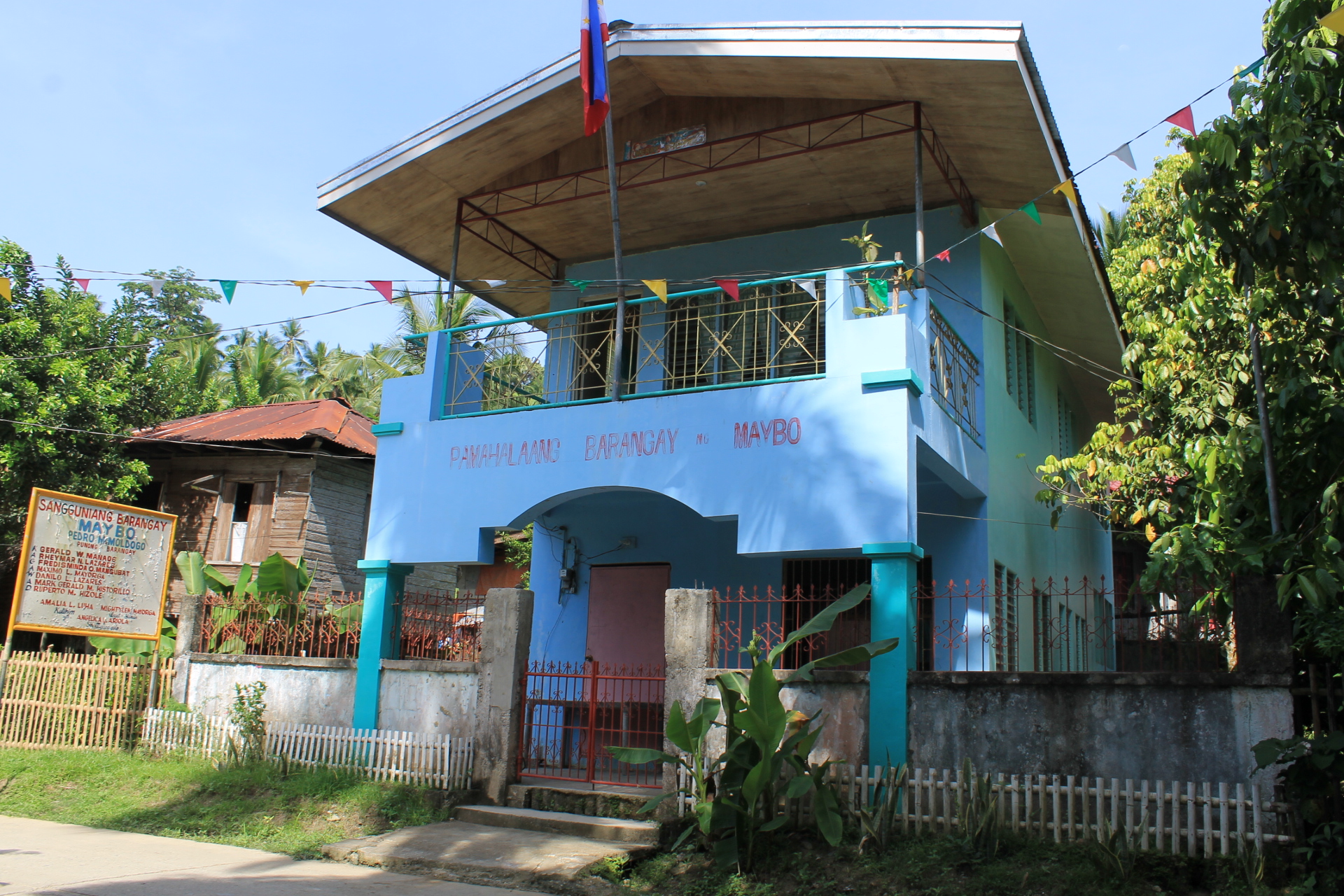|
Pinyahan
Pinyahan, sometimes spelled Piñahan, is a barangay of Quezon City, the Philippines. History Barangay Pinyahan was previously part of Central District Diliman. Central District Diliman was divided into two separate entities, namely Barangay Central and Pinyahan.Quezon City Public Library – Quezonian Newsletter Etymology Pinyahan means "a place where pineapple is grown" in Tagalog. Prior to its subdivision by the People's Homesite and Housing Corporation, the land which occupies present-day Pinyahan was a popular place for cultivating s since the 1930s, thus ...[...More Info...] [...Related Items...] OR: [Wikipedia] [Google] [Baidu] |
Armed Forces Of The Philippines Medical Center
The Victoriano Luna General Hospital (or simply V. Luna General Hospital), also known as Armed Forces of the Philippines Medical Center (AFP General Hospital), is one of the Armed Forces of the Philippines' Wide Support Units tasked to provide medical care to military personnel and civilian human resources of the AFP, which includes their immediate dependents. It also refers to the healthcare facility complex that is occupied by the unit along V. Luna Avenue in Pinyahan, Quezon City. History The V. Luna General Hospital was named after Col. Colonel (abbreviated as Col., Col or COL) is a senior military officer rank used in many countries. It is also used in some police forces and paramilitary organizations. In the 17th, 18th and 19th centuries, a colonel was typically in charge of ... Victoriano Luna who was then Chief of the Medical Service and Adviser to the Chief of Staff. He came up with the idea in 1935 of putting up an Army Station Hospital to address the health serv ... [...More Info...] [...Related Items...] OR: [Wikipedia] [Google] [Baidu] |
Legislative Districts Of Quezon City
The legislative districts of Quezon City are the representations of the highly urbanized city of Quezon in the various national and local legislatures of the Philippines. At present, the province is represented in the House of Representatives of the Philippines by its six congressional districts, with the districts' representatives being elected every three years. Additionally, each district is allotted six seats in the Quezon City Council, creating a total of thirty-six elective seats in the legislature. History From its creation in 1939 to 1972, Quezon City was represented as part of Rizal Province, with the western areas that formerly belonged to Caloocan, Mandaluyong, and San Juan voting as part of that province's first district, and the eastern areas that formerly belonged to Marikina, Montalban (now Rodriguez), Pasig, and San Mateo voting in the second district. In the disruption caused by the Second World War, Quezon City was incorporated into the City of Greater Ma ... [...More Info...] [...Related Items...] OR: [Wikipedia] [Google] [Baidu] |
Free Legal Assistance Group
The Free Legal Assistance Group (FLAG) is a nationwide organization of human rights lawyers in the Philippines. It was founded in 1974 by Sen. Jose W. Diokno, Lorenzo Tañada and Joker Arroyo during the martial law era under former President Ferdinand Marcos. It is the first and largest group of human rights lawyers established in the nation. They work on countering varied abuses of human rights and civil liberties. Its current chairman is human rights attorney Chel Diokno, the founding dean of the De La Salle University Tañada-Diokno College of Law. Among their lawyers is former Supreme Court spokesman Theodore Te, currently representing Maria Ressa in her cyberlibel case. Founding and martial law era work FLAG was founded in 1974 by Sen. Jose W. Diokno, Sen. Lorenzo M. Tañada and Atty. Joker Arroyo - two years after the 1972 proclamation of Martial law under Ferdinand Marcos. Diokno had conceived the law firm right after being released from 718 days as the Marc ... [...More Info...] [...Related Items...] OR: [Wikipedia] [Google] [Baidu] |
Barangays Of Quezon City
Quezon City, the most populous city in the Philippines, is politically subdivided into 142 barangays. All of Quezon City's barangays are classified as urban. These barangays are grouped into six congressional districts, with each district represented by a congressman in the House of Representatives. As of July 2, 2012, President Benigno S. Aquino III signed into law Republic Act No. 10170, dividing and reapportioning the Second District into three legislative districts, namely the Second, Fifth and Sixth Districts. Barangays by district District 1 District 2 District 3 District 4 District 5 District 6 See also * List of populated places in Manila References External linksPhilippine Standard Geographic Code {{Authority control Quezon City *Quezon City Quezon City Quezon City (, ; fil, Lungsod Quezon ), also known as the City of Quezon and Q.C. (read in Filipino as Kyusi), is the most populous city in the Philippines. According to the 2020 cens ... [...More Info...] [...Related Items...] OR: [Wikipedia] [Google] [Baidu] |
Quezon City
Quezon City (, ; fil, Lungsod Quezon ), also known as the City of Quezon and Q.C. (read in Filipino as Kyusi), is the List of cities in the Philippines, most populous city in the Philippines. According to the 2020 census, it has a population of 2,960,048 people. It was founded on October 12, 1939, and was named after Manuel L. Quezon, the List of presidents of the Philippines, second president of the Philippines. The city was intended to be the Capital of the Philippines, national capital of the Philippines that would replace Manila, as the latter was suffering from overcrowding, lack of housing, poor sanitation, and traffic congestion. To create Quezon City, several barrios were carved out from the towns of Caloocan, Marikina, San Juan, Metro Manila, San Juan and Pasig, in addition to the eight vast estates the Philippine government purchased for this purpose. It was officially proclaimed as the national capital on October 12, 1949, and several government departments and i ... [...More Info...] [...Related Items...] OR: [Wikipedia] [Google] [Baidu] |
Barangay
A barangay (; abbreviated as Brgy. or Bgy.), historically referred to as barrio (abbreviated as Bo.), is the smallest administrative division in the Philippines and is the native Filipino term for a village, district, or ward. In metropolitan areas, the term often refers to an inner city neighborhood, a suburb, or a suburban neighborhood or even a borough. The word ''barangay'' originated from ''balangay'', a type of boat used by a group of Austronesian peoples when they migrated to the Philippines. Municipalities and cities in the Philippines are politically subdivided into barangays, with the exception of the municipalities of Adams in Ilocos Norte and Kalayaan in Palawan, with each containing a single barangay. Barangays are sometimes informally subdivided into smaller areas called ''purok'' ( en, "wikt:zone, zone"), or barangay zones consisting of a cluster of houses for organizational purposes, and ''sitios'', which are territorial enclaves—usually rural—far from t ... [...More Info...] [...Related Items...] OR: [Wikipedia] [Google] [Baidu] |
Philippine Standard Time
Philippine Standard Time (PST or PhST; fil, Pamantayang Oras ng Pilipinas), also known as Philippine Time (PHT), is the official name for the time zone used in the Philippines. The country only uses one time zone, at an offset of UTC+08:00, but has used daylight saving time for brief periods in the 20th century. Geographic details Geographically, the Philippines lies and 126°34′ east of the Prime Meridian, and is physically located within the UTC+08:00 time zone. Philippine Standard Time is maintained by the Philippine Atmospheric, Geophysical and Astronomical Services Administration (PAGASA). The Philippines shares the same time zone with China, Taiwan, Hong Kong, Macau, Malaysia, Singapore, Western Australia, Brunei, Irkutsk, Central Indonesia, and most of Mongolia. History Philippine Standard Time was instituted through Batas Pambansa Blg. 8 (that defined the metric system), approved on December 2, 1978, and implemented on January 1, 1983. The Philippines is one of ... [...More Info...] [...Related Items...] OR: [Wikipedia] [Google] [Baidu] |
Barangay
A barangay (; abbreviated as Brgy. or Bgy.), historically referred to as barrio (abbreviated as Bo.), is the smallest administrative division in the Philippines and is the native Filipino term for a village, district, or ward. In metropolitan areas, the term often refers to an inner city neighborhood, a suburb, or a suburban neighborhood or even a borough. The word ''barangay'' originated from ''balangay'', a type of boat used by a group of Austronesian peoples when they migrated to the Philippines. Municipalities and cities in the Philippines are politically subdivided into barangays, with the exception of the municipalities of Adams in Ilocos Norte and Kalayaan in Palawan, with each containing a single barangay. Barangays are sometimes informally subdivided into smaller areas called ''purok'' ( en, "wikt:zone, zone"), or barangay zones consisting of a cluster of houses for organizational purposes, and ''sitios'', which are territorial enclaves—usually rural—far from t ... [...More Info...] [...Related Items...] OR: [Wikipedia] [Google] [Baidu] |
Philippines
The Philippines (; fil, Pilipinas, links=no), officially the Republic of the Philippines ( fil, Republika ng Pilipinas, links=no), * bik, Republika kan Filipinas * ceb, Republika sa Pilipinas * cbk, República de Filipinas * hil, Republika sang Filipinas * ibg, Republika nat Filipinas * ilo, Republika ti Filipinas * ivv, Republika nu Filipinas * pam, Republika ning Filipinas * krj, Republika kang Pilipinas * mdh, Republika nu Pilipinas * mrw, Republika a Pilipinas * pag, Republika na Filipinas * xsb, Republika nin Pilipinas * sgd, Republika nan Pilipinas * tgl, Republika ng Pilipinas * tsg, Republika sin Pilipinas * war, Republika han Pilipinas * yka, Republika si Pilipinas In the recognized optional languages of the Philippines: * es, República de las Filipinas * ar, جمهورية الفلبين, Jumhūriyyat al-Filibbīn is an archipelagic country in Southeast Asia. It is situated in the western Pacific Ocean and consists of around 7,641 islands t ... [...More Info...] [...Related Items...] OR: [Wikipedia] [Google] [Baidu] |
Pineapple
The pineapple (''Ananas comosus'') is a tropical plant with an edible fruit; it is the most economically significant plant in the family Bromeliaceae. The pineapple is indigenous to South America, where it has been cultivated for many centuries. The introduction of the pineapple to Europe in the 17th century made it a significant cultural icon of luxury. Since the 1820s, pineapple has been commercially grown in greenhouses and many tropical plantations. Pineapples grow as a small shrub; the individual flowers of the unpollinated plant fuse to form a multiple fruit. The plant is normally propagated from the offset produced at the top of the fruit, or from a side shoot, and typically matures within a year. Botany The pineapple is a herbaceous perennial, which grows to tall, although sometimes it can be taller. The plant has a short, stocky stem with tough, waxy leaves. When creating its fruit, it usually produces up to 200 flowers, although some large-fruited cultivars can ... [...More Info...] [...Related Items...] OR: [Wikipedia] [Google] [Baidu] |
Lung Center Of The Philippines
The Lung Center of the Philippines (LCP) ( fil, Ospital ng Pilipinas sa may sakit sa Baga) is a government tertiary hospital specializing in the cure and prevention of lung and other chest diseases, located on Central, Quezon City, Philippines. The center receives budgetary support for its operations from the national government. It was constructed on public land donated by the National Housing Authority. The Lung Center has a hospital bed capacity of 210. History The LCP was established on January 16, 1981, by President Ferdinand Marcos under ''Presidential Decree No. 1823'' as a non-profit non-stock corporation. The building is identified with what is referred to as the Marcoses' "edifice complex," defined by architect Gerard Lico as "an obsession and compulsion to build edifices as a hallmark of greatness." The Lung Center was placed under the administration of the Ministry of Health (now Department of Health) by President Corazon Aquino on July 29, 1986, under '' Executiv ... [...More Info...] [...Related Items...] OR: [Wikipedia] [Google] [Baidu] |
National Kidney And Transplant Institute
The National Kidney and Transplant Institute is a tertiary referral hospital located in Central, Quezon City, Philippines The Philippines (; fil, Pilipinas, links=no), officially the Republic of the Philippines ( fil, Republika ng Pilipinas, links=no), * bik, Republika kan Filipinas * ceb, Republika sa Pilipinas * cbk, República de Filipinas * hil, Republ .... The hospital opened on January 16, 1981. The National Kidney and Transplant Institute, or NKTI, is a tertiary medical specialty center for renal health. The hospital also offers voluntary blood services. The hospital was formerly known as the National Kidney Foundation of the Philippines (NKFP), and the National Kidney Institute. Building and location The National Kidney and Transplant Institute sits in the center of a lot, along East Avenue in Quezon City. The Institute itself is 3-storey structure with three buildings (Main, Annex and Dialysis Center) connected to each other. The Main Building houses ... [...More Info...] [...Related Items...] OR: [Wikipedia] [Google] [Baidu] |





